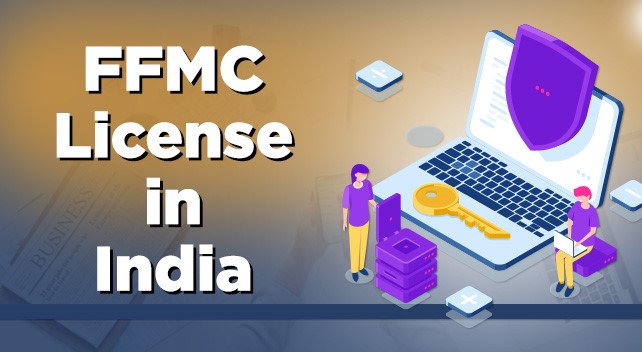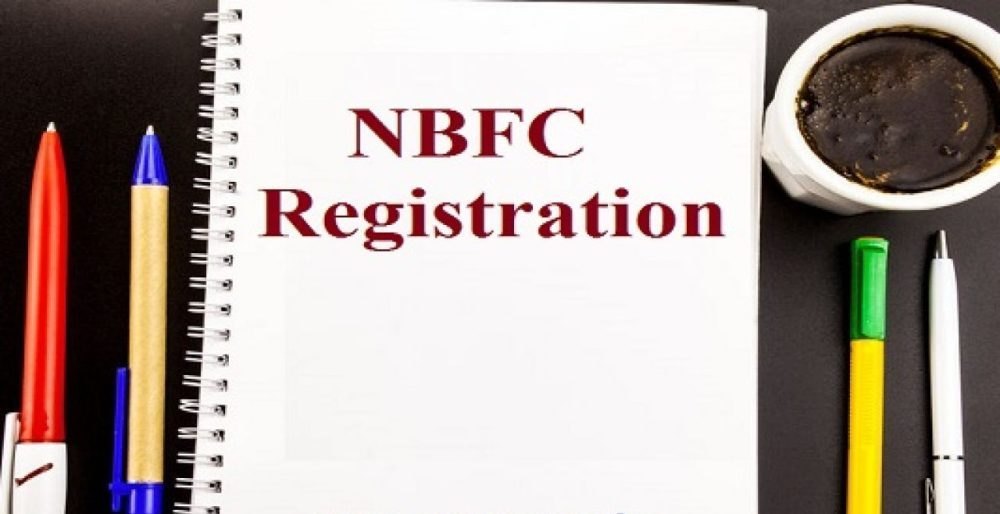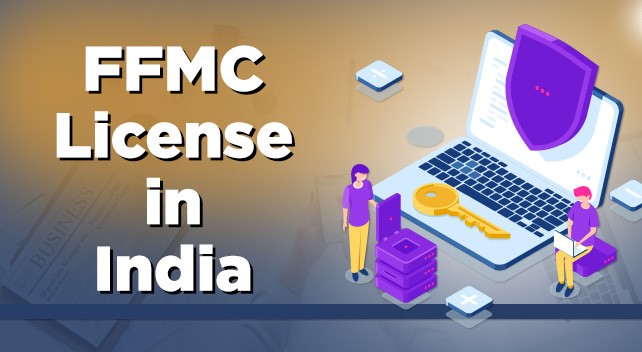In recent years, the investment landscape in India has expanded beyond traditional avenues like stocks and bonds, giving rise to more diverse investment opportunities. One such investment vehicle is the Alternative Investment Fund (AIF), which provides investors with the opportunity to invest in unconventional assets such as private equity, real estate, hedge funds, and venture capital. However, before you can launch or invest in an AIF, you need to navigate the regulatory framework and complete the AIF registration process. This blog will explain the key aspects of AIF registration in India, how to go about online AIF registration in India, and the importance of seeking the guidance of an AIF registration consultant.
What is an Alternative Investment Fund (AIF)?
An Alternative Investment Fund (AIF) is a privately pooled investment vehicle that collects funds from investors for investing in various assets. AIFs are classified into three categories in India:
- Category I AIFs: These are funds that invest in socially or economically beneficial projects, such as start-ups, social ventures, infrastructure, and others.
- Category II AIFs: These funds invest in complex strategies like private equity or debt, but without the leverage or exposure that Category III AIFs entail.
- Category III AIFs: These include hedge funds and other funds that employ complex strategies, often involving leverage.
AIFs offer attractive investment options for high-net-worth individuals and institutional investors, but before they can operate, they must go through AIF registration with the Securities and Exchange Board of India (SEBI), the regulatory authority in India.
AIF Registration in India: The Process
To operate an AIF in India, one must follow the AIF registration process set forth by SEBI. Here are the steps involved:
- Eligibility Criteria: Before applying for Alternative Investment Fund registration in India, ensure that your fund meets the eligibility criteria laid out by SEBI, including minimum corpus, type of fund (Category I, II, or III), and other regulatory requirements.
- Application Submission: The next step is submitting the application to SEBI. This application includes detailed information about the fund’s structure, investment strategies, management, and governance.
- Due Diligence: SEBI conducts a due diligence process to ensure that the AIF complies with all the necessary legal and regulatory requirements. This includes reviewing documents like the fund’s offering memorandum, investment policies, and management team.
- Approval Process: After completing the due diligence, SEBI will either approve or reject the application for AIF registration in India. Upon approval, the fund is officially recognized as an AIF and can start collecting funds from investors.
- Periodic Compliance: Once registered, an AIF is required to comply with the periodic reporting and compliance norms as mandated by SEBI.
Benefits of Online AIF Registration in India
In today’s digital era, AIF registration online in India has become a preferred option due to its convenience and speed. Here are some key benefits of Online Alternative Investment Fund Registration in India:
- Faster Process: The online registration process is typically faster than offline procedures, as most of the forms and documents are submitted electronically.
- Transparency: With online systems, you can track the progress of your application in real-time, providing more transparency throughout the registration process.
- Ease of Access: The online platform enables easy submission of documents, making the entire process more user-friendly for applicants.
- Cost-Effective: Online registration eliminates the need for in-person visits and reduces administrative costs associated with traditional methods.
SEBI has set up an online portal for the AIF registration online in India, making it easier for investors and fund managers to complete the process from anywhere in the country.
Online AIF Registration in India: Steps to Follow
The online AIF registration in India process can be summarized as follows:
- Create a Profile on SEBI’s Portal: The first step is to create an account on SEBI’s online platform for AIF registration.
- Fill the Online Application Form: Complete the application form available on the SEBI website, providing all necessary details such as fund category, investment strategies, and the fund’s governing structure.
- Submit Required Documents: Upload the necessary documents, such as the offering memorandum, proof of management experience, and compliance history of the management team.
- Payment of Fees: Pay the required registration fees, which are typically non-refundable.
- Wait for Approval: SEBI will review the application and grant approval if all requirements are met. The fund is then officially registered as an AIF.
Why You Need an AIF Registration Consultant
The AIF registration process in India can be complex and time-consuming. Navigating the regulatory requirements, preparing the necessary documentation, and ensuring compliance with SEBI’s guidelines can be overwhelming, especially for first-time applicants. This is where an AIF registration consultant becomes invaluable.
Here are some reasons why you should consider hiring an AIF registration consultant:
- Expert Guidance: Consultants have extensive experience in the AIF registration process and are well-versed in the regulatory requirements of SEBI. They can guide you through each step and ensure that all documentation is in order.
- Compliance Assistance: A consultant helps ensure that your fund is fully compliant with SEBI’s guidelines, minimizing the risk of delays or rejection during the approval process.
- Faster Approval: Consultants help streamline the entire application process, reducing the time it takes for SEBI to approve your registration.
- Ongoing Support: After registration, an AIF registration consultant can assist with maintaining compliance and reporting to SEBI, ensuring that your fund remains in good standing.
AIF Registration Cost in India
The cost of AIF registration in India can vary depending on several factors, such as the category of AIF, the scale of operations, and the involvement of consultants. While SEBI charges a nominal registration fee, additional costs may include fees for legal and consultancy services. The cost of hiring an AIF registration consultant will depend on the consultant’s expertise and the complexity of the registration process.
Typically, AIF registration cost in India can include:
- SEBI registration fees
- Consultant and legal fees
- Due diligence costs
It’s important to factor these costs into your budget when planning to set up an AIF.
Conclusion
Registering an Alternative Investment Fund is an essential step for anyone looking to tap into India’s growing investment opportunities. With the convenience of online AIF registration in India, the process has become more accessible and efficient. Whether you’re setting up a Category I, II, or III AIF, seeking the guidance of an experienced AIF registration consultant can help ensure a smooth registration process and long-term compliance.
If you’re ready to launch your Alternative Investment Fund in India, it’s important to understand the registration requirements, costs, and the steps involved in AIF registration online in India. Partnering with an expert consultant will ensure that you are well-prepared for success in this dynamic investment landscape.










